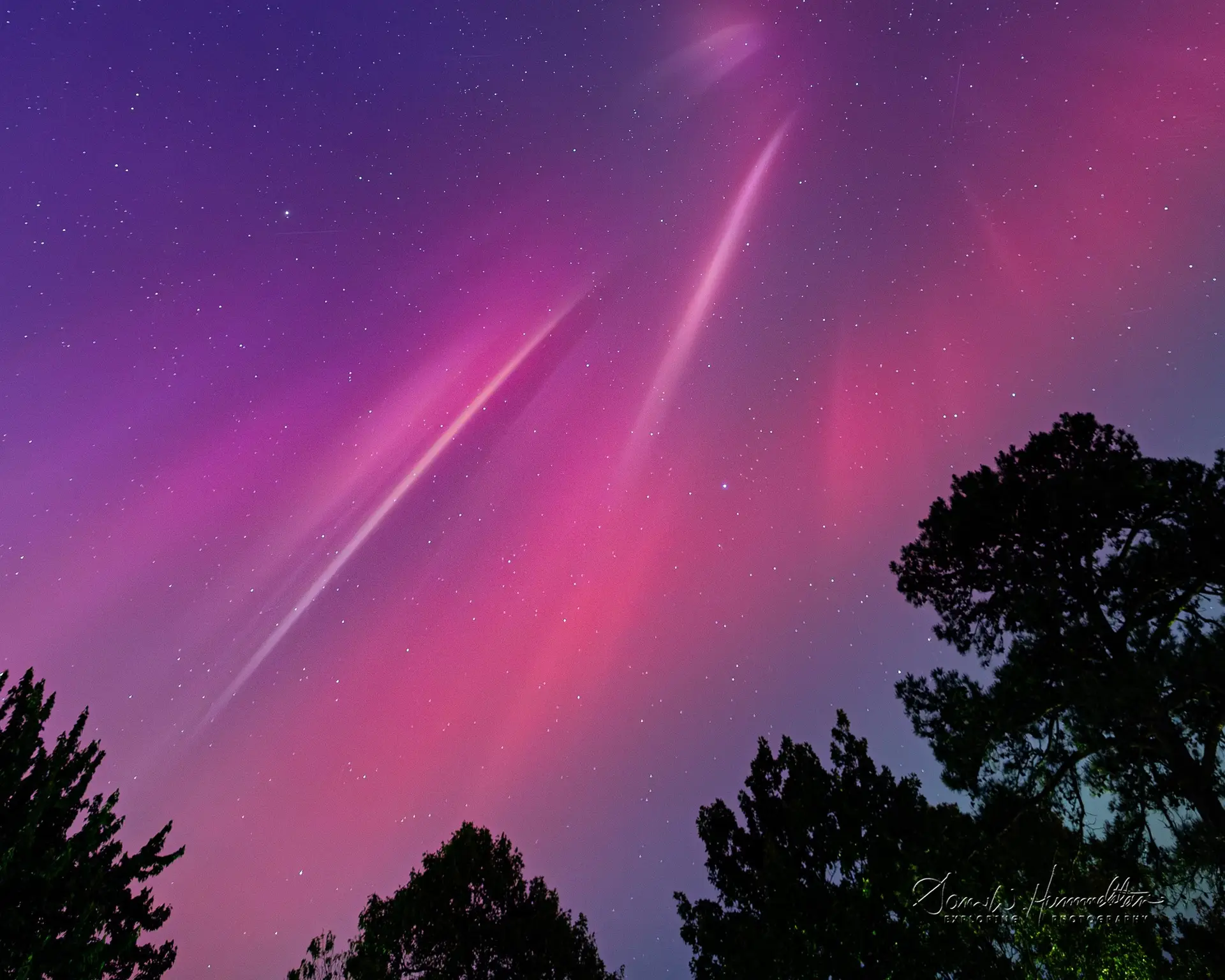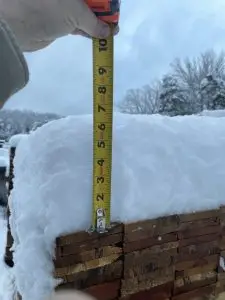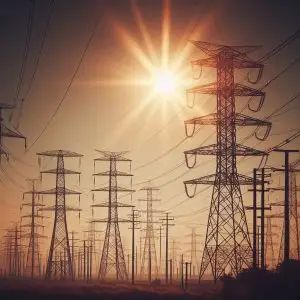Did you see the Northern Lights on the evening of May 10th? Just hours before, the strongest solar storm detected in 20 years erupted from the sun and caused an extremely rare opportunity to see the aurora borealis (Northern Lights) far enough South to be viewed in Craighead Electric Cooperative’s (CECC) service territory. In the year 1859, a similar but much larger solar storm caused global auroras and sparked telegraph wires in what is known as the Carrington Event. Emotionally charged documentaries and sensationalized accounts of the Carrington event make us wonder if another large solar storm could come along and send us back to the stone age. Is the threat overblown?
Solar storms do affect the grid, there is even an industry term for it: Geomagnetic Disturbances

Solar storms do affect the grid, there is even an industry term for it: Geomagnetic Disturbances or GMDs, but how big of a threat are GMDs to Craighead Electric Cooperative (CECC) Members, and what are grid operators doing to prepare for them?
First, it helps to understand what a solar storm is. The star at the center of our solar system that we call The Sun emits a truly enormous magnetic field defined by a twisted tangle of magnetic loops rising and falling back to its surface. When one of these loops “snaps” it sends billions of tons of material flinging out into space riding the magnetic wave. We call this a solar flare. When these flares happen to be pointed toward Earth, they collide with our own magnetic field, interact with elements in the upper atmosphere, and cause auroras that we see as the Northern Lights. As The Sun approaches solar maximum around the year 2025 in its eleven-year cycle of dormancy and activity, solar flares will become more frequent.
But why do solar flares affect the power grid in the first place? Anyone who has ever magnetized a nail by wrapping a wire around it and attaching the wires to a battery (a popular science demonstration) knows that magnetism and electricity are inextricably linked. They are essentially the same force, electromagnetism. If you had an especially long conductor, like the sprawling power lines of the transmission grid, and a strong and widespread magnetic field, like from a solar flare, you could induce a considerable amount of electric current. This is what happens when the grid is exposed to a solar storm: electric current is created in places where it is not expected, risking damage to grid devices.
According to Andrew Lachowsky, Vice President of Market Operations at Arkansas Electric Cooperative, we should be reassured that Arkansas Electric Cooperatives are prepared. “The main issue of concern with geomagnetic disturbances (GMDs) are large transformers at high voltages, the devices on the transmission system that transform power between voltages. Distribution transformers and lower voltage transformers like those owned by Craighead are not of concern.”
Not a single record could be found of the Arkansas grid ever being meaningfully affected by a GMD.
CECC’s infrastructure is too small to be directly affected by GMDs, but devices on the statewide transmission grid could be. He goes on to explain how transmission utilities plan for GMDs. “There are mitigation measures that can be taken to reduce the likelihood of failures on the electric grid for these higher voltage transformers.” By building in resiliency and redundancy, developing and implementing mitigation plans, and monitoring the grid and space weather very closely, transmission grid operators have successfully managed the threat of GMD’s for the entire 80-year history of the Arkansas grid. In fact, not a single record could be found of the Arkansas grid ever being meaningfully affected by a GMD. Even the historically large solar storm that occurred on May 10th, 2024 was handled in stride, a testament to the resiliency of the modern grid against geomagnetic disturbances. Only a truly massive solar storm, not seen in living memory, could affect Arkansas coop Members’ way of life.
If we maintain a healthy amount of humility and respect for what Mother Nature is capable of, we can rest with peace of mind that the threat of Solar storms against the grid is known and manageable.
Learn more about Solar Storms and the grid at https://www.swpc.noaa.gov/impacts/electric-power-transmission. If you have any questions or concerns about grid resiliency, contact your electric cooperative today.




